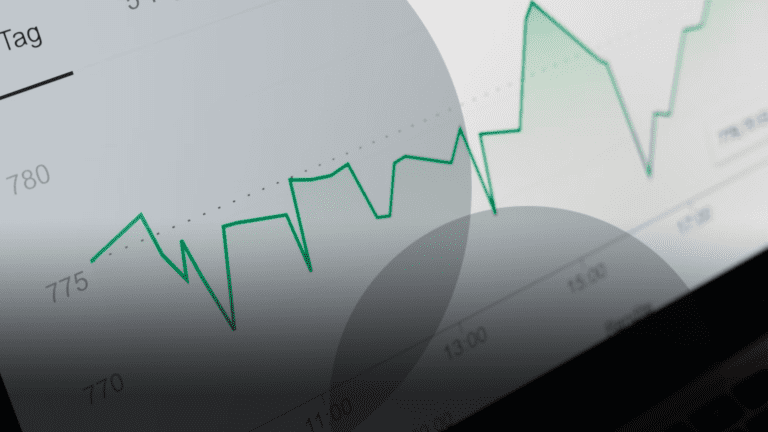
Anna Corbett
Director of Client Success
Anna is responsible for all client delivery, and is our resident data and analytics lead.

Universal Analytics might not be going away until July 2023, but you will need to start using GA4 by July 2022 if you want to stay ahead of the curve.
Earlier this year Google announced that the latest version of Google Analytics, GA4, will become the only available web analytics service offered by the company starting in July 2023. Universal Analytics (UA) is on the way out and will cease to process new hits as of October 1, 2023. UA and GA4 operate on very different data models, so there’s a lot of learning to do before that change comes.
Because the changeover won’t arrive until next year, however, many marketers have avoided making an early transition to GA4 and tackling all of the challenges that come with that. This is a mistake. If you want to take full advantage of GA4 when the switch comes in mid-2023, you’ll need to start using GA4 by July of 2022, a full year before UA is discontinued.
Here’s why you should start using GA4 as soon as possible and some of the key benefits of getting that head start.

GA4 does not use the same data model as UA. In other words, they organise data and the relationship between data differently, so some of the changes can feel quite jarring at first glance. Several familiar metrics found in UA like bounce rates, for example, can no longer be found in GA4 (for now). With these types of changes on the way the broadest benefit to using GA4 before the switch is simple – you’ll have more time to get used to GA4 and its data model, putting you in the best position to start using it when UA is no longer available.
Although the data collected by UA and GA4 are difficult to compare due to their different models, having a period where you can use both UA and GA4 side by side will help you to prepare for the transition to come. Even if you’ve read up on everything there is to know about GA4 before the switch, there’s one great reason you should start using GA4 now instead of waiting for UA to be discontinued.
UA won’t be available from July 2023, so you’ll need to start using GA4 from at least July 2022 if you want to be able to compare your data from this year to next year. Because of the different data models, comparing data collected by UA in 2022 with data collected by GA4 in 2023 will be very difficult. Businesses that began using GA4 a year earlier will have the analytical edge while those that waited until the switch was necessary will risk getting left behind.
It’s worth noting that GA4 comes with some potential downsides that you’ll need to anticipate before fully transitioning away from UA. Not only are some of the metrics that marketers could rely on in UA now gone or significantly different, but GA4’s data retention only lasts for a maximum of 14 months, after which older data is no longer available.
GA4 comes with plenty of benefits that tackle emerging challenges, however, that you’ll be able to take advantage of sooner you begin using the new software. GA4 will allow you to use AI machine learning to plug the gap in your data left by the removal of cookies, for example, and to target audiences via Google Ads more intelligently.
Making the transition from UA to GA4 may seem intimidating, but there are plenty of resources available to help you make that process as streamlined as possible. To learn more about GA4’s data model and migrating events from UA to GA4 take a look at our handy guide to GTM event tracking in GA4. There’s even a migration template and a GTM container with pre-made GA4 custom events available to help you save time and begin using GA4 alongside UA until the transition is finalised.
For more help making sense of Google Analytics 4 and your website data, read about our Analytics & dashboards services or email me at [email protected].

Director of Client Success
Anna is responsible for all client delivery, and is our resident data and analytics lead.
View my other articles and opinion pieces below
Google’s Performance Max just got a major upgrade. Anna Corbett breaks down how new channel-level reporting helps you make smarter, data-driven decisions about your ad spend.

Base Creative’s Anna Corbett explains how we use AI to boost campaign performance, from analytics to client conversations – without losing the human touch.

On 1st July, Universal Analytics will stop processing data. UA will be permanently replaced by Google’s new reporting platform, Google Analytics 4. To help you prepare for this transition, we have compiled all of our GA4 information into one place, ranging from guides to FAQs and deep-dives into specific features including cookie-less tracking, API quotas […]

Imagine your next digital marketing campaign. Your mind probably went straight to what you’d like to achieve. Maybe you want to: This is where you need to ask “why?” Why do you want to increase your paid ad conversions? Why does your CEO need more followers? Why do you want more site visitors? “What do […]
